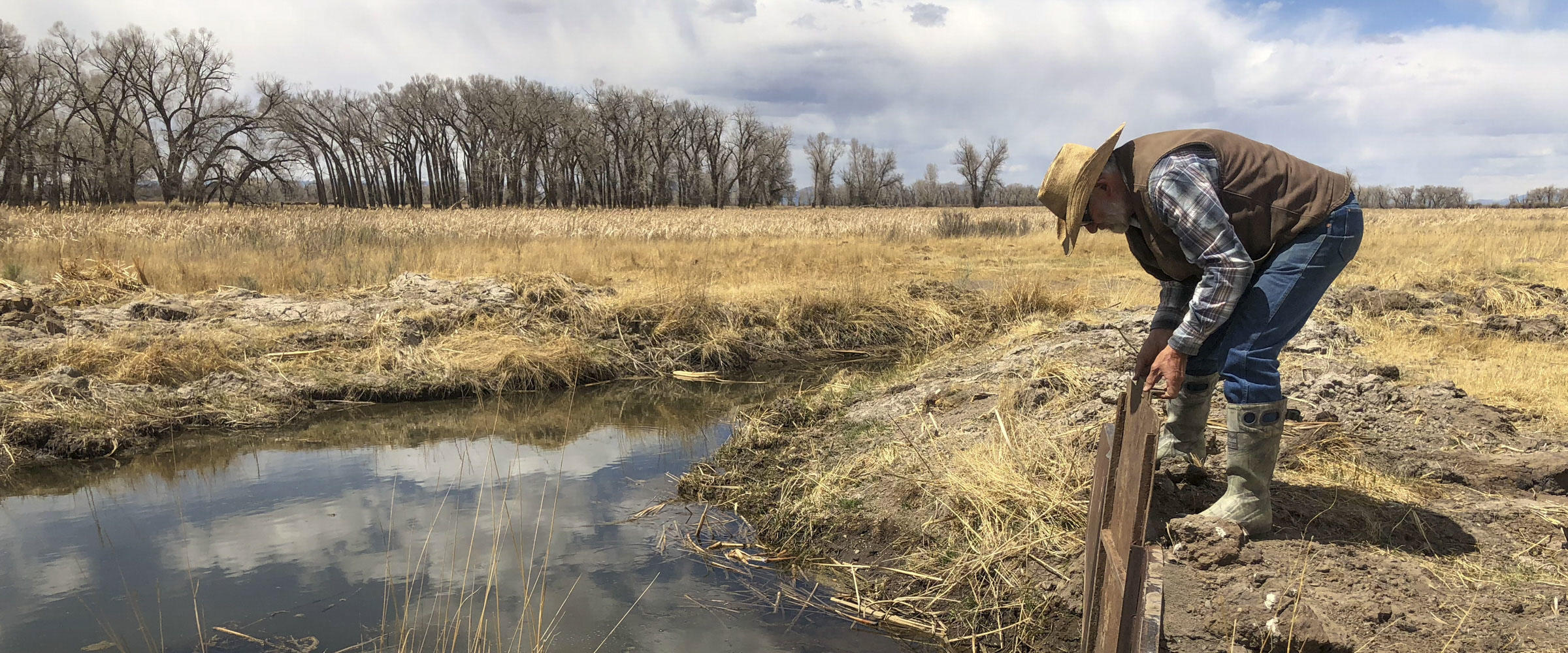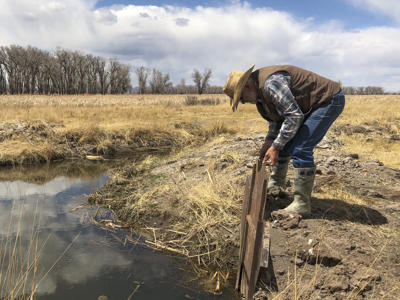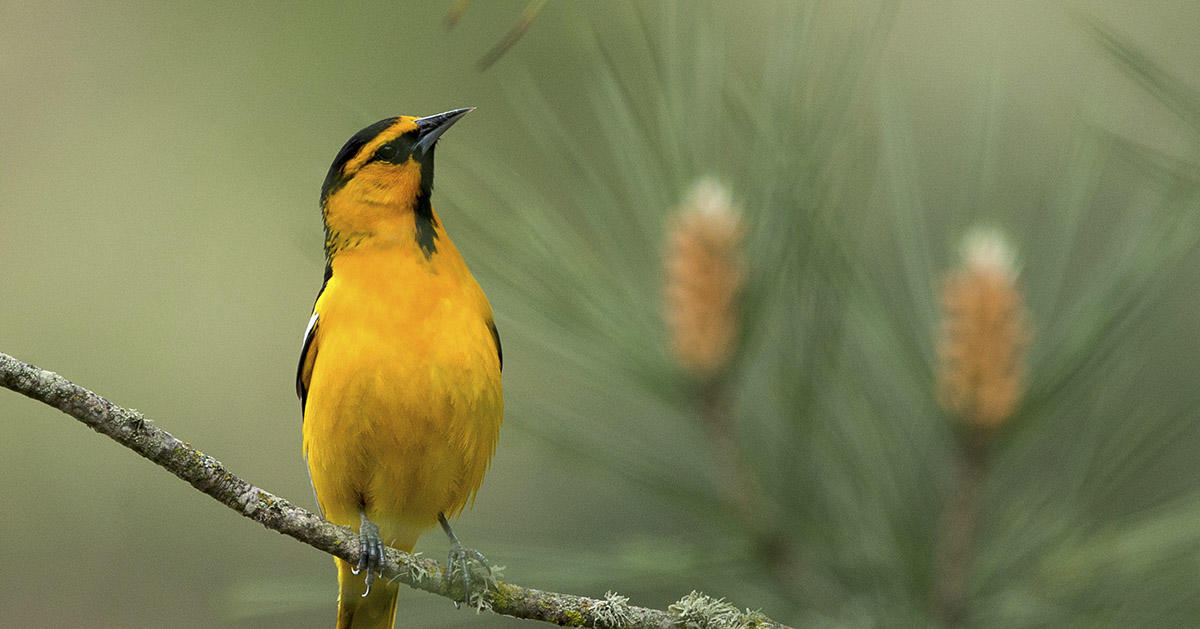Adapting to Drier Future
After 19 years of drought in the Colorado River basin, many experts are calling this prolonged drying out of the southwest by a new name: aridification. Drought implies there’s an end, but what if there’s not? Right now people across Colorado and the Colorado River basin are working together to find water solutions to save the Colorado River and the livelihoods of those who depend on it.
The land and water support us now but belong to the next generation of people and wildlife. The people who understand this most work Colorado’s land and water every day. Working land operations—like ranchers—survive by how they relate to land and water. These operations, in turn, provide vast open space for birds, other wildlife, and our enjoyment.
The dry year of 2018 pushed working lands and rivers to the brink across Colorado and the Colorado River basin. Many Colorado ranching families, communities, and wildlife that rely on healthy flowing rivers were stretched thin as some rivers completely dried up.
Take a look at our thoughtful new film: Ranching In The New Normal, a collaboration between Audubon Rockies and American Rivers. This film takes a peek into three Colorado ranches as they adapt to increasingly dry conditions and the hope they have for their land and water legacy.
Help us keep rural agriculture and hardworking rivers thriving. Join Audubon’s Western Rivers Action Network to help protect our rivers, working lands, and wide open landscapes that birds and people need.
Become a River Advocate
More Information
Colorado River water is vital, becoming less available, and we’re using too much. Western rivers and the birds, other wildlife and working lands they support need water flexibility to survive. During dry years, a voluntary, temporary, and compensated way for working lands to share their water could help agricultural producers reduce the risk to their operations while keeping more water in our rivers. Called demand management, this is a new way of sharing water to ensure that there’s enough water for rivers, working lands, and clean, safe, and reliable drinking water for Colorado’s cities and towns.
Colorado’s population is projected to double by 2050. With growth comes increased water demand, putting strain on our rivers and pressures to permanently buy water rights off of Colorado’s working lands. Fortunately, the Colorado Water Plan points the way towards a more secure water future—for people, agriculture, rivers, and wildlife.
Coloradans know what makes our state so great; it’s our rivers and wide-open landscapes. Our world-class rivers and the recreation, economies, food on the table, wildlife, and beauty they support need our help. Water connects so many interests; we need collaborative solutions that work for everyone and the environment.






